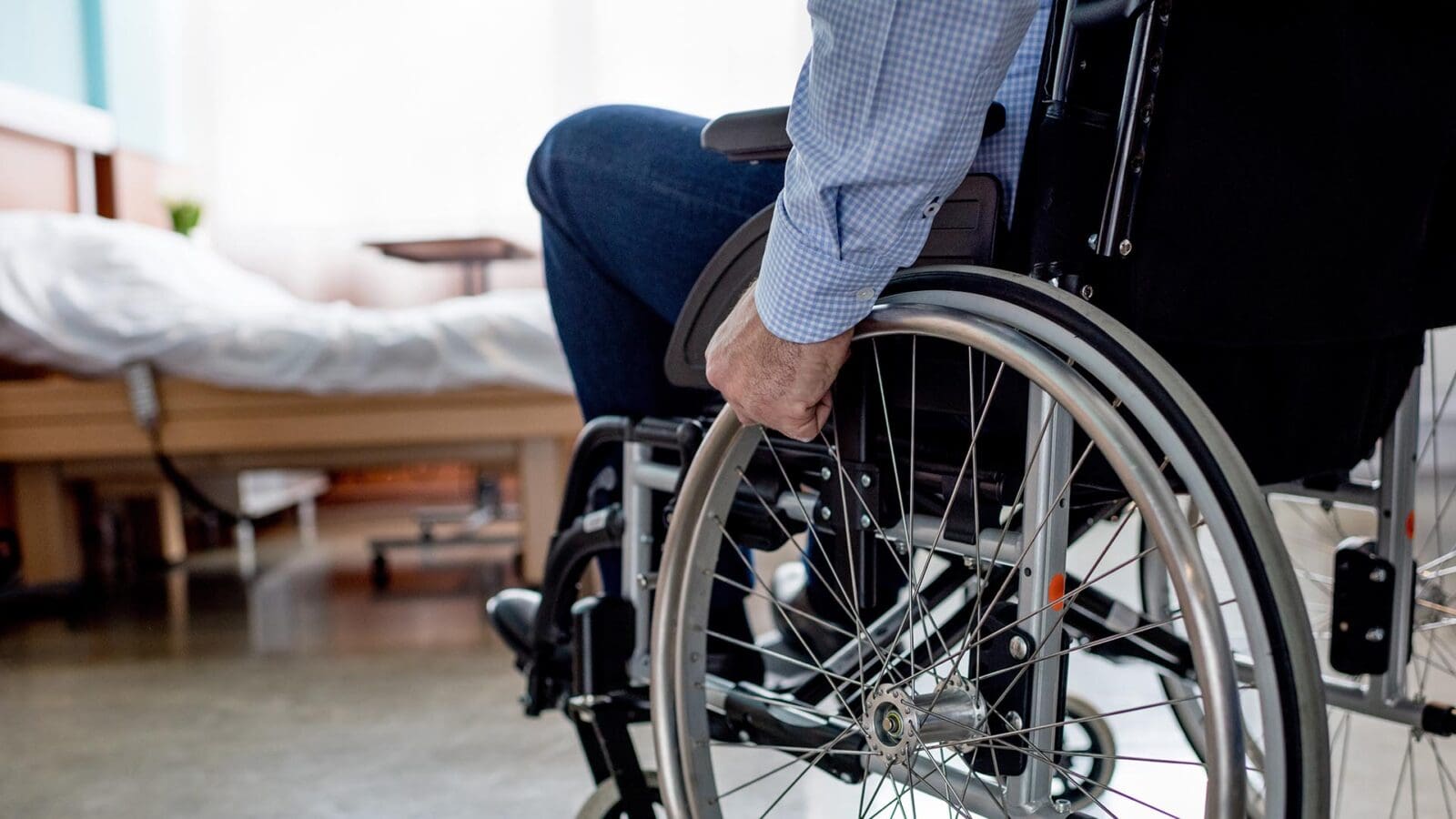Absolutely the best attorney for getting your VA benefits. After 7 years of denial, I found Brendan Garcia of VetLaw, He reviewed my case, set up a plan , scheduled my video hearing in front of a Veteran law judge, flew out to Phoenix to be there with me during the hearing. Hired a doctor to help draft a report to help my case. When all the smoked cleared, I’m now collecting max disability monthly, back pay beyond my wildest dreams. Brendan Garcia never stopped. He is an expert in Veterans law. Best decision of my life was to have him on my side. Bar none, Brendan is a terrific VA benefits attorney!
As a veteran, you may have experienced an injury that has left you with permanent scarring. Scars are a common service-related disability that can greatly impact a person’s quality of life and their ability to gain employment. They can limit your range of motion, cause pain, and lead to increased anxiety and self-consciousness. Fortunately, if you have been left with scarring as a result of a service-related incident, you may be entitled to VA disability for scars.
At VetLaw, we work closely with veterans to file claims for VA disability benefits, increase their VA rating for scars, and successfully appeal claims that have been unfairly denied. With years of experience and a robust understanding of the VA process, we are confident in our ability to fight for your rights and represent your case. To learn more about how we can help, consider contacting our office today.
How Does the VA Determine if Scars Are a Disability?
According to the VA’s Annual Benefits Report for 2022, nearly one million veterans suffer from scars, making this the 7th most prevalent service-connected disability. Some of the most common scars that veterans experience include:
- Burn scars caused by exposure to fire or extreme heat
- Surgical scars as a result of a medical procedure
- Trauma scars caused by cuts, abrasions, or other physical injuries
Regardless of the type of scar you suffer from, it is likely that your injury has caused serious physical and emotional distress that impacts the way you live and work. For this reason, the VA offers disability benefits to compensate veterans who suffer from scars. To qualify for VA disability for scars, you must prove that your scar was connected to an injury or event that occurred during your military service.
What are the VA Disability Rating For Scars?
The VA uses a variety of different factors to rate scars. Specifically, they have established 8 disfigurement characteristics that are used to determine disability compensation, which include:
- Scar is 5 inches or more in length
- Width of scar is a quarter inch or more at its widest point
- The scar’s surface rises or deflates when pressed upon
- Scar adheres to soft tissue beneath
- Loss or darkening of skin pigmentation is present in an area larger than 6 square inches
- Skin texture is abnormal (shiny, scaly, irregular, etc.) in an area larger than 6 square inches
- Soft tissue under the scar not present in an area greater than 6 square inches
- Inflexible and hardened skin in a 6 square inch area or greater
Scars are rated under the official diagnostic code found in 38 CFR § 4.118, which provides for five different categories of scars. You will receive a VA rating for scars based on the following categories.
Scars or Disfigurement of the Head, Neck, or Face
Diagnostic Code 7800 states that scars of the head, neck, and face will be assessed based on visible tissue loss, asymmetry, or gross distortion, and the eight characteristics of disfigurement mentioned above. The ratings for these scars are assigned as follows:
- 10% rating if you display one characteristic of disfigurement
- 30% rating if you display two or three characteristics of disfigurement or loss of tissue and distortion of one feature
- 50% rating if you display four or five characteristics of disfigurement or loss of tissue and distortion of two or more features
- 80% rating if you display six or more characteristics of disfigurement or loss of tissue and distortion of several features such as nose, chin, forehead, lips, ears, cheeks, etc.
Scars Elsewhere on the Body that Are Deep and Nonlinear
DC 7801 addresses scars that are situated in other regions of the body below the head, face, and neck. Each scar is rated separately, which will then be combined to form a final VA rating for scars that are deep and nonlinear. These scars are rated based on their size, specifically:
- 10% for scars that take up an area of more than 6 but less than 12 square inches
- 20% for scars that take up an area of more than 12 but less than 72 square inches
- 30% for scars that take up an area of more than 72 but less than 144 square inches
- 40% for scars that take up an area of 144 square inches or more
Scars That Are Superficial and Nonlinear
DC 7802 covers scars that are superficial, meaning they are not permanent and do not impact underlying soft tissue. These scars are rated separately as well, but a veteran can only obtain a rating of 10% for scars that are 144 square inches or more.
Scars That Are Painful or Unstable
Under DC 7804, an unstable scar is one that frequently loses the covering of the skin. If you have more than one scar that is rated as unstable under this definition, you may add an additional 10% to the rating. Other scars may also be rated under DC 7804. The ratings for painful or unstable scars are assigned as follows:
- 10% for 1-2 painful or unstable scars
- 20% for 3-4 painful or unstable scars
- 30% for five or more painful or unstable scars
Other Scars Including Linear Scars
DC 7805 accounts for other scars, with the assigned rating based on the disabling effect of the specific scar. For instance, if a veteran suffers from a linear scar that runs along their joint, thereby impacting their range of motion, the rating will be based on the resulting limitation of motion.
What Should You Do If Your VA Claim for Your Scars Is Denied?
If your VA claim for your scars is denied, you may appeal the decision using any one of three channels. The appeal channel that you use will vary depending on the unique circumstances of your case and the original reason for your denial. The three appeal options include:
- Supplemental Claim: allows you to provide new and relevant evidence to support your case.
- Higher-Level Review: allows you to request an additional evaluation from a senior reviewer.
- Board of Veterans’ Appeals: provides the opportunity to file an appeal with the Board in Washington, DC. Through this option, you have the ability to submit additional evidence, request a direct review, or initiate a hearing with a Veterans’ Law Judge.
Appealing a denied claim can be a long and arduous process. For this reason, seeking assistance from an experienced attorney is recommended to increase the likelihood of reaching a favorable outcome. Your attorney will review your case and offer tailored solutions to ensure that you are able to appeal the decision and secure VA disability for scars as quickly and easily as possible.
Hiring an Attorney Near You to Help You with Your VA Disability Appeal for Scars
Whether you are considering filing for VA disability for scars or if you need assistance with your VA disability appeal or improving your VA rating, we are here to help. Our practice was founded by a U.S. Marine Corps veteran and has since grown into the go-to law firm for veterans across the country. At VetLaw, a physical condition claims lawyer will work alongside you to secure the benefits you deserve and advocate for you during every step of the process. To begin your free case review, consider connecting with our team today.










